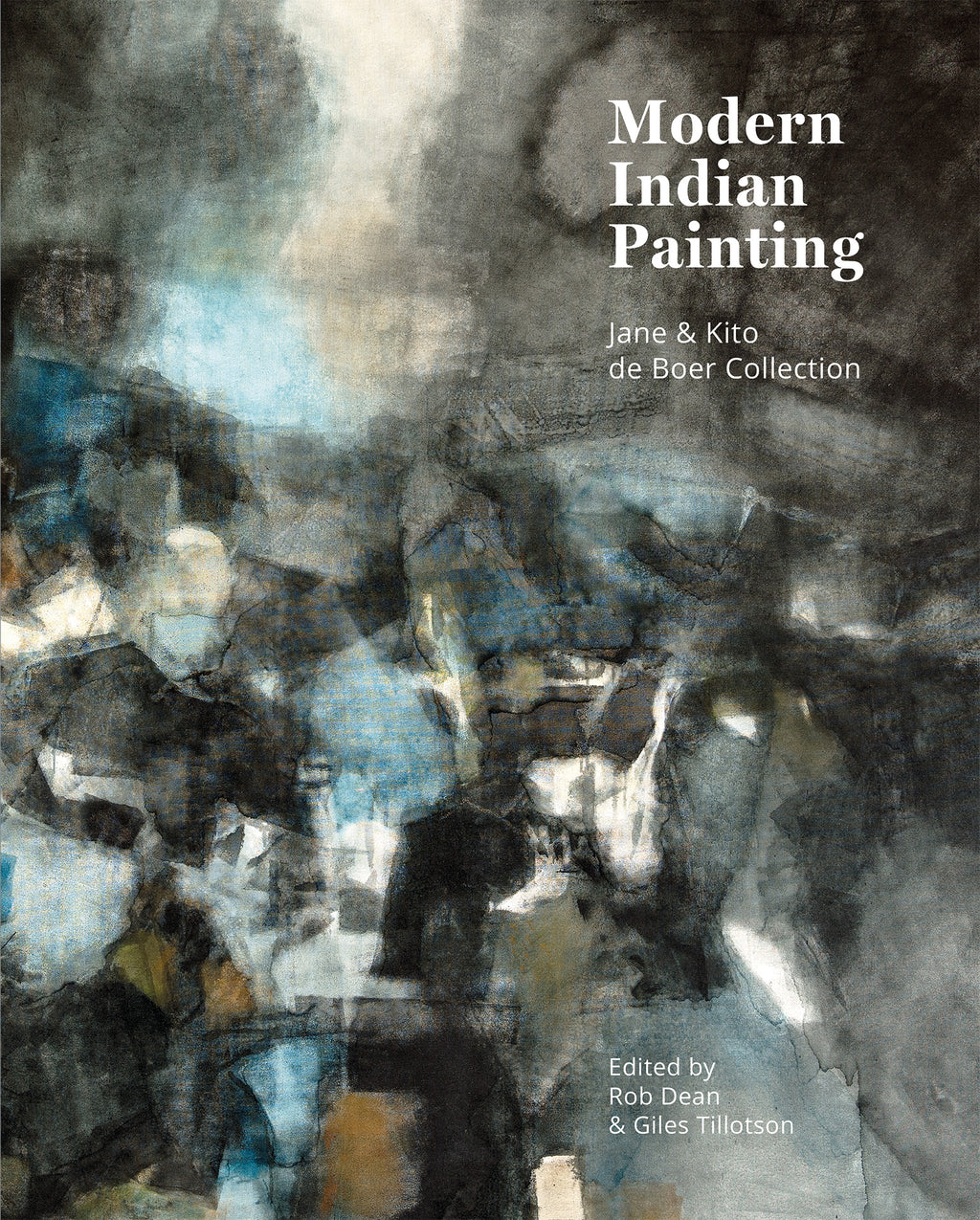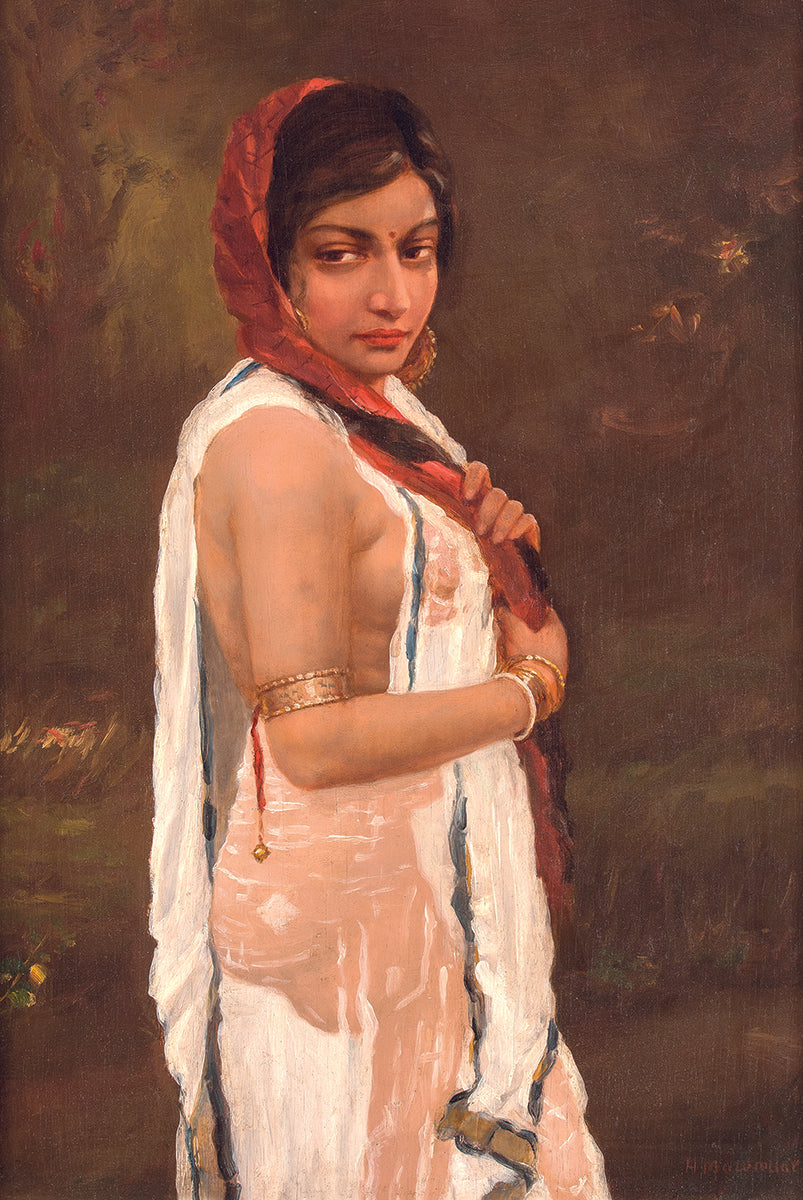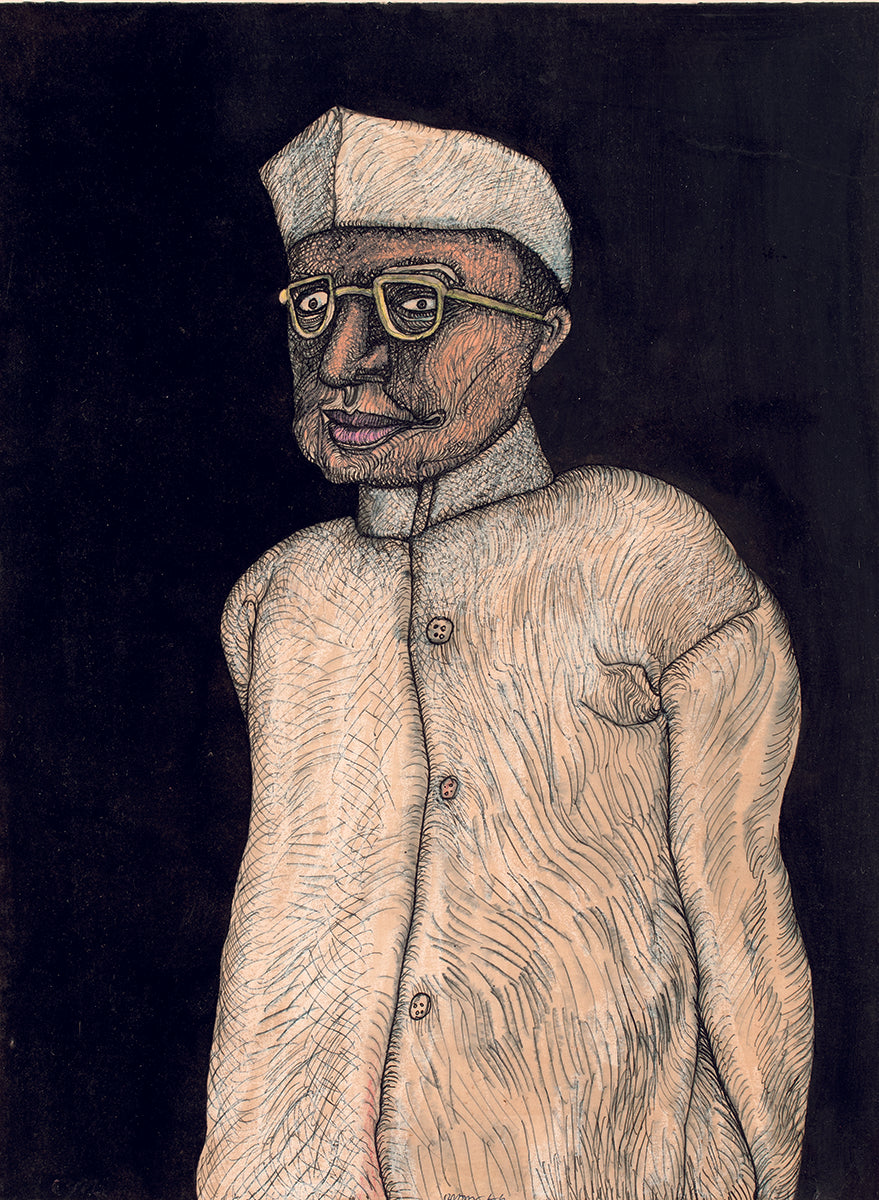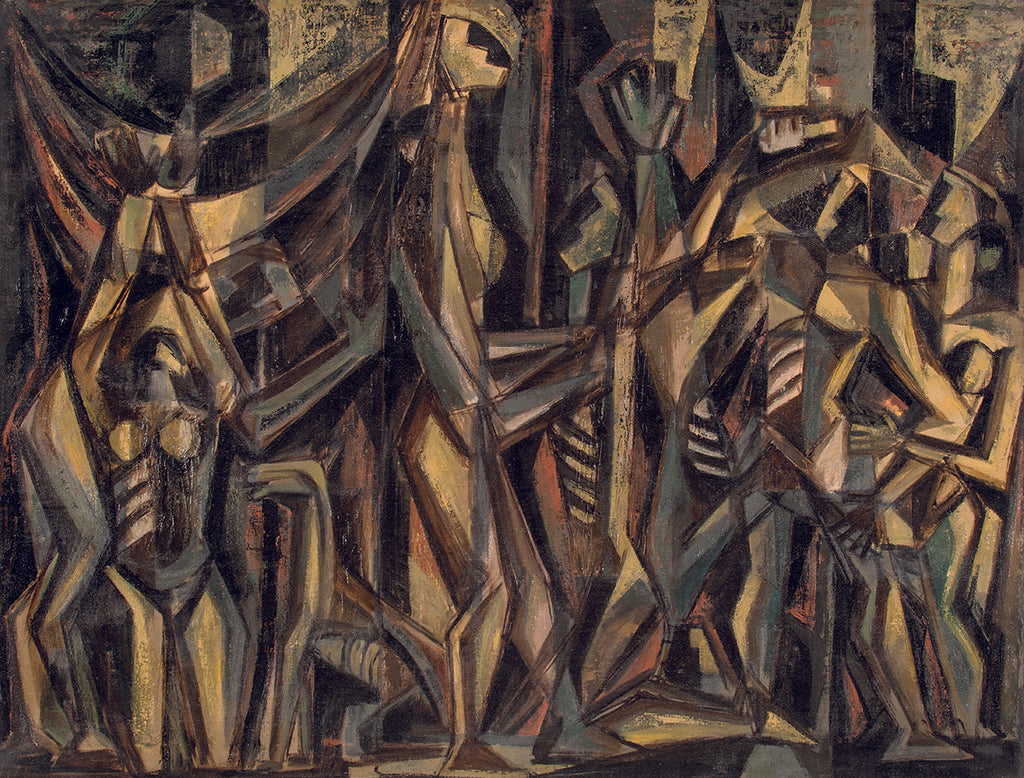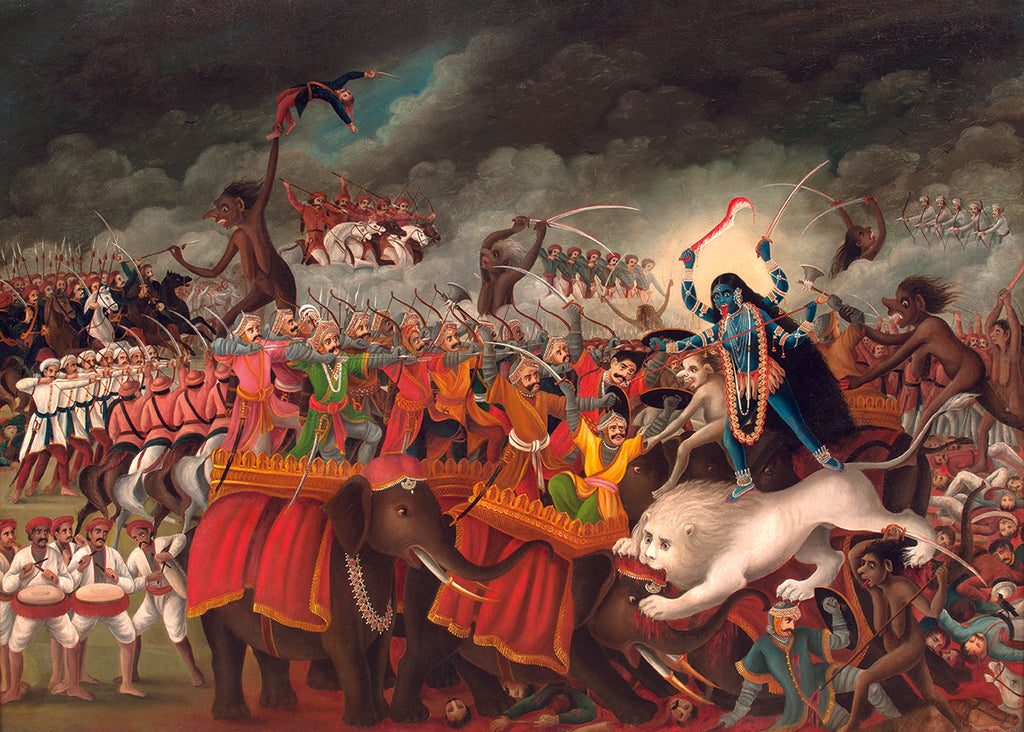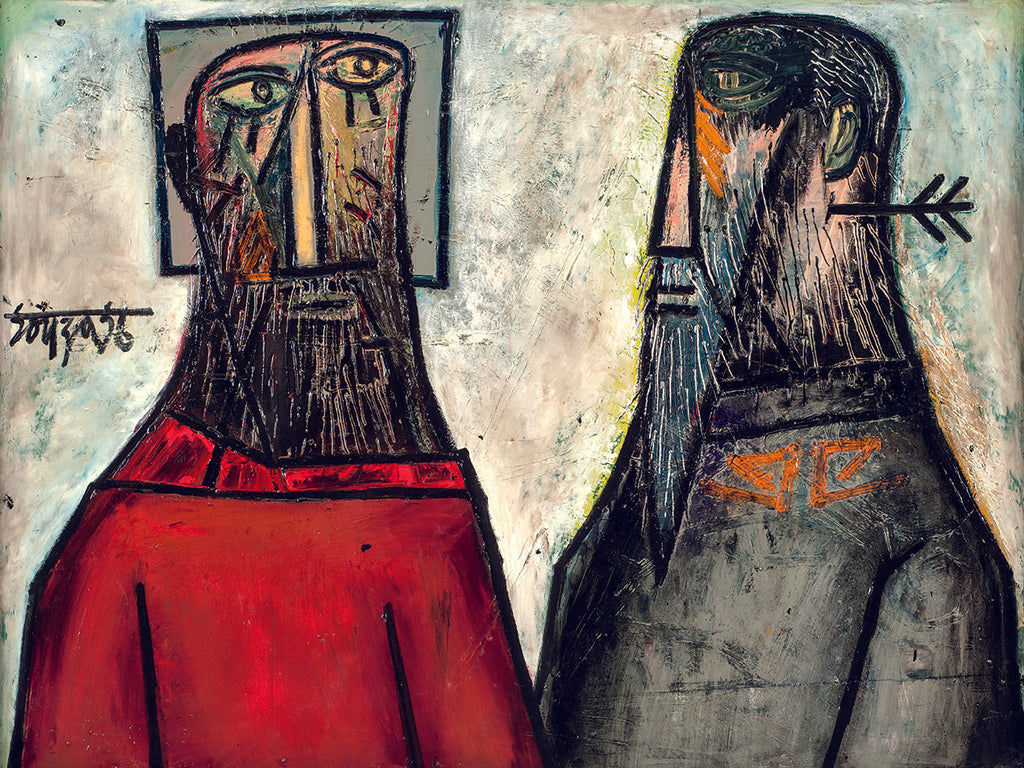Modern Indian Painting
Jane & Kito de Boer CollectionThis volume presents a survey of Indian painting from the late 19th centuryto the present day, drawn from the private collection of Jane and Kito de Boer—remarkable for its broad historical scope and wide range of artists.
- Category: All Books, Contemporary Art, MAPIN20, Out of print
The first part of the book features the de Boers talking about their interest in India and Indian art. The second part presents a history of modern Indian painting, with essays on the Bengal school, the so-called ‘Dutch Bengal’ artists, the Calcutta naturalists, the portrait painters of the Bombay school in the early 20th century, the Progressive Artists Group and the post-Independence artists of Bengal. The de Boer collection also contains strong representations of a few individual artists, such as Chittaprosad Bhattacharya, Ganesh Pyne, A. Ramachandran and Rameshwar Broota, whose works are explored through essays and interviews.
The fact that many of these chapters draw almost exclusively on the de Boer collection is a testament to its incredible size and breadth. This volume hopes to show how the collection takes a dispassionate view of the global status of Indian art, while at the same time revealing a commitment and long-term engagement with the country and its creativity.
Rob Dean has worked in the field of modern Indian art since 1998. He has worked as a specialist of modern and classical Indian paintings for both Christie’s and Sotheby’s and now works independently as a gallerist, lecturer, and art consultant.
Giles Tillotson is a writer and lecturer on Indian history and architecture. He is also Fellow and a former Director of the Royal Asiatic Society, London. He is currently Consultant Director at the Maharaja Sawai Man Singh II Museum, City Palace, Jaipur.
Partha Mitter is a writer and historian of art and culture, specialising in the reception of Indian art in the West, as well as in modernity, art and identity in India.
Yashodhara Dalmia is an art historian, writer and independent curator based in New Delhi.
Sanjoy Kumar Mallik is an Associate Professor and Head of the Department of History of Art at Kala Bhavana, Visva Bharati (Santiniketan).
Sona Datta is an art historian and cultural collab-orator who until recently was Head of South Asian art at the Peabody Essex Museum in Massachusetts.
• WHY INDIA? An Interview with Jane and Kito de Boer —Rob Dean
• MODERN INDIAN PAINTING
• The Bengal School:The Rise of Artistic Nationalism in India —Partha Mitter
• Making Magic Through the Real: Some Early Episodes of Modern Indian Art —Giles Tillotson
• Modernism Reinvented in Bombay: The Art of the Progressives —Yashodhara Dalmia
• The Paradox of Modernism: Art in Bengal after Independence —Sona Datta
• ARTISTS IN FOCUS:
• Chittaprosad’s Visual Modes —Sanjoy Kumar Mallik
• Ganesh Pyne: in conversation with —Sona Datta
• Ramachandran: in conversation with —Rob Dean
• Rameshwar Broota: in conversation with —Rob Dean and Kito de Boer
• THE COLLECTORS:
• Jane and Kito de Boer: in conversation with —Rob Dean
• Modern Indian Art: A Global Perspective —Jane and Kito de Boer
| Pages | 396 |
| Number of photographs | 211 |
| Size | 10 x 12.5” (254 x 317.5 mm), hardcover |
| Date of Publishing | 2018 |
| Language(s) | English |
| Rights Available | World rights |
—Avantika Bhuyan, Architectural Digest India





